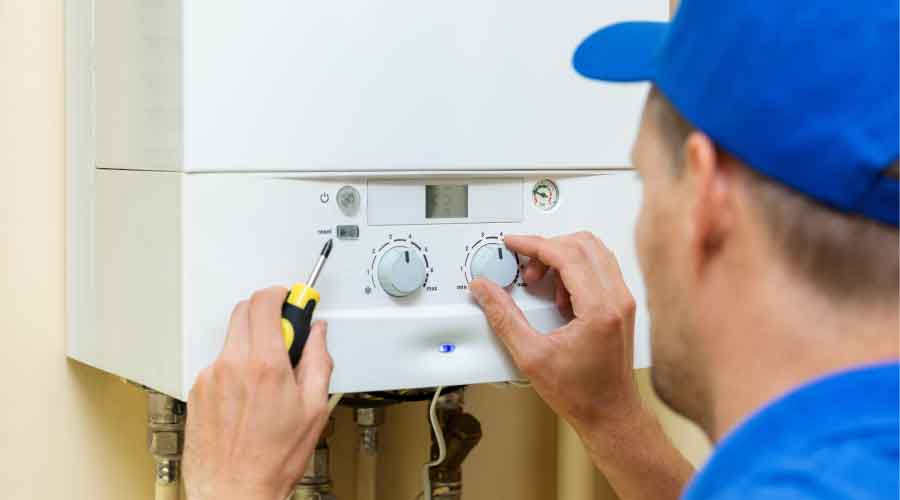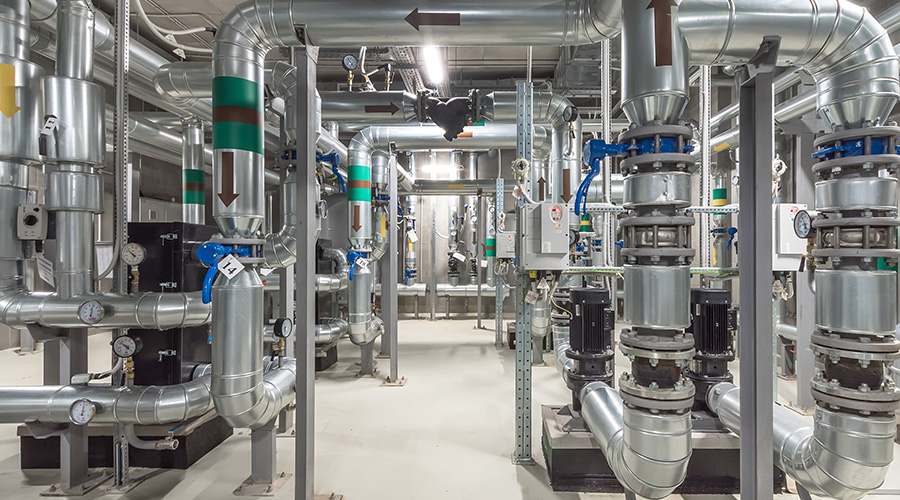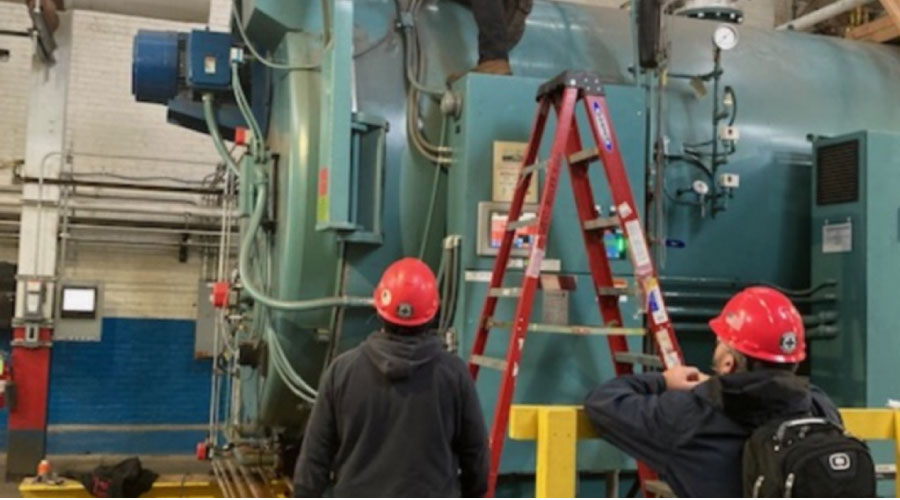Boiler and Chiller Upgrades Boost Bottom Line for Illinois Hospital
The process of installing high-efficiency HVAC equipment in institutional and commercial facilities is rarely without complications, challenges or problems. One case in point is the construction of a 174,109-square-foot addition to Advocate Condell Medical Center in Libertyville, Ill., in 2011. The project included two new high-efficiency chillers, and it incorporated the installation of two new high-efficiency boilers in the existing hospital.
Successful installations often depend on the ability of maintenance and engineering managers and their staffs to troubleshoot the problems and make the needed changes quickly.
"As far as the issues with the new building, the commissioning and the involvement of the operations staff had a lot to do with minimizing the problems we had," says Joseph Buri, the medical center's manager of energy solutions.
Expansion For Patients
Advocate Condell, with 281 beds, opened in 2003. The level-one trauma, acute-care facility with 745,034 total square feet sits on a 72-acre campus and is the largest health care provider in Lake County, Ill.
One goal of the 2011 addition was patient comfort.
In addition to allowing the expansion of outpatient services, Buri says, "The other piece to it was to allow the hospital to become all single-occupancy rooms." The addition featured two 600-ton centrifugal chillers, both with variable-frequency drives, which brought additional benefits to the hospital's maintenance and engineering department.
"We chose them because they matched our current chiller plant, which were centrifugal, as well, from the same manufacturer," says Buri, who was the medical center's director of facilities and construction at the time of the project. "We were looking to maintain some equipment uniformity. That was the one piece to it. We also wanted some flexibility in operations. We were looking for efficiency to be able to take advantage of the utility rebates.
"Because we went with a high-efficiency chiller, we received some rebates on the motors. So because of the higher efficiency, we received rebates of about $48,000 from the utility."
The chillers generally performed as intended after installation.
"Everything went very well for the chillers and the new construction," Buri says, adding that the addition featured new piping, feedwater pumps, and a cooling tower. It turned out to be a very efficient operating system. (The addition) was commissioned, which also helped its efficiency."
Related Topics:













